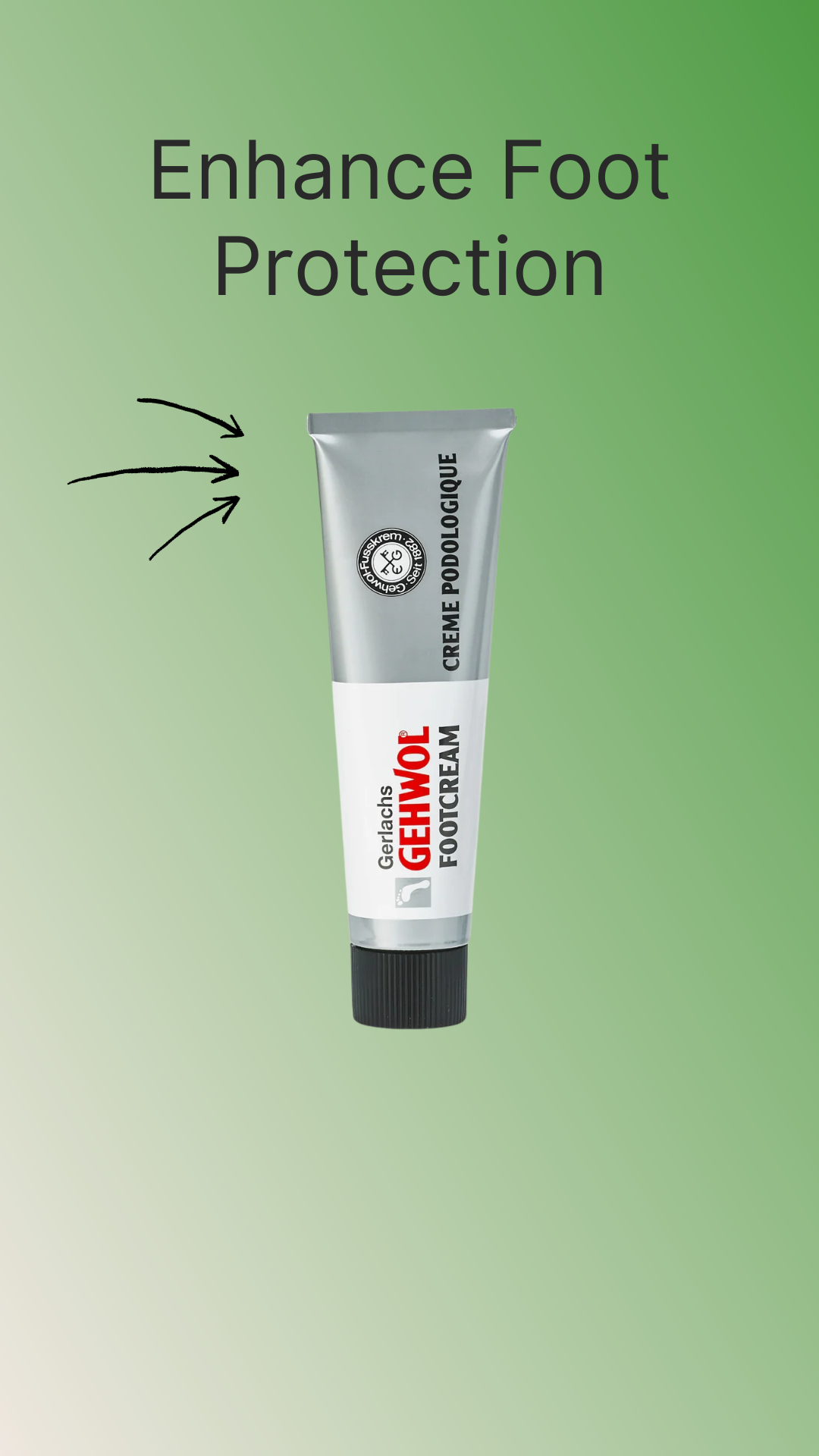Introduction
Supination, also known as underpronation, is a biomechanical condition where the foot rolls outward during walking or running. This reduces the body’s natural shock absorption, causing extra pressure on the outer edge of the foot. Over time, supination can lead to ankle sprains, heel pain, shin splints, and knee or hip discomfort.
In the UK, many people with supination don’t realise their shoes may be worsening the problem. Standard footwear often lacks the cushioning and support needed, leaving the feet vulnerable to injuries. The right orthopedic shoes, however, provide shock absorption, cushioning, and stable soles that help correct underpronation and make walking more comfortable.
This guide explores the best shoes for supination in the UK, the features to look for, and how supportive footwear can protect long-term foot and joint health.
Why Shoes Matter for Supination
Shock Absorption for Hard Surfaces
Supinators often walk on the outer edge of the foot, which reduces natural shock absorption. Shoes with cushioned midsoles and padded insoles protect joints from impact.
Stability & Balance
Because the foot rolls outward, supinators are at higher risk of ankle sprains. Shoes with wide soles and strong heel support provide better stability.
Pain Reduction
Supination can cause pain in the arches, heels, and outer foot. Supportive shoes distribute weight more evenly, easing discomfort.
Preventing Injuries
From stress fractures to tendon problems, untreated supination increases injury risk. Orthopedic shoes reduce strain and protect joints.

Key Features of the Best Shoes for Supination in the UK
Cushioned Insoles
Memory foam or gel insoles soften impact, relieving stress on the outer foot.
Shock-Absorbing Midsoles
Provide joint protection and reduce pain during walking.
Wide, Stable Soles
Improve balance and reduce ankle sprain risk.
Rocker Soles
Encourage natural motion and help distribute pressure more evenly across the foot.
Firm Heel Counters
Prevent the heel from rolling outward excessively.
Removable Insoles
Allow wearers to add orthotics if prescribed by a healthcare professional.
Breathable Materials
Keep feet cool and comfortable during long hours of use.
Everyday Benefits of Orthopedic Shoes for Supination
-
Less pain: Cushioned support eases heel, arch, and outer foot discomfort.
-
Better stability: Wide soles and firm heel counters reduce sprain risk.
-
Improved posture: Proper alignment reduces stress on knees, hips, and back.
-
All-day comfort: Shock absorption protects joints during long walks or shifts.
-
Confidence in movement: Supportive shoes encourage activity without fear of injury.
Lifestyle Scenarios
-
Work shifts: Professionals who stand for long hours benefit from cushioned orthopedic shoes.
-
Exercise: Supportive walking shoes reduce injury risk for supinators.
-
Elderly wearers: Stable soles prevent falls and improve confidence.
-
Daily errands: Orthopedic shoes make everyday walking and commuting more comfortable.
FAQ – Shoes for Supination
Q: What causes supination?
A: It’s often genetic but can also develop from high arches or injuries.
Q: Can supination cause knee or hip pain?
A: Yes, poor alignment affects the entire leg and back.
Q: Are rocker soles good for supination?
A: Yes, rocker soles help redistribute pressure and improve gait efficiency.
Q: Do I need custom orthotics for supination?
A: Some people benefit, but supportive orthopedic shoes with cushioning often provide significant relief.
Q: Are running trainers good for supination?
A: Only if they have cushioning and stability features. Many standard trainers lack adequate support.
Q: How often should supination shoes be replaced?
A: Every 12–18 months, or sooner if cushioning and support wear down.
Final Thoughts
Supination may seem minor, but it can lead to pain, injuries, and long-term joint problems if untreated. The best shoes for supination in the UK provide cushioning, shock absorption, wide soles, and firm heel support, ensuring better alignment and comfort.
For anyone struggling with underpronation, supportive orthopedic footwear is an investment in mobility, confidence, and long-term health. With the right shoes, walking becomes more comfortable, safer, and easier—every step of the way.



